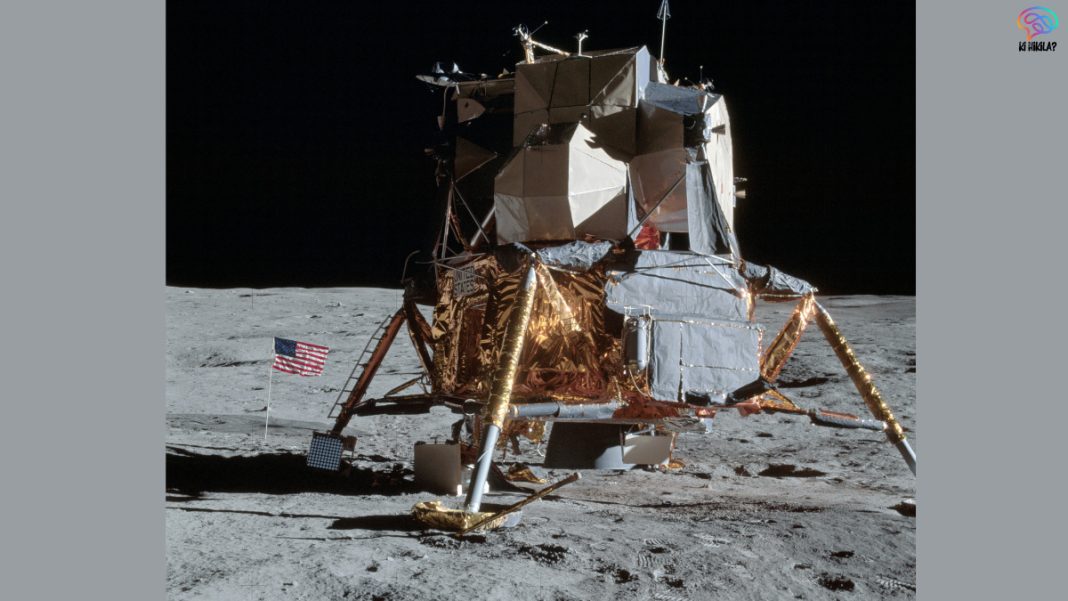Lunar Module Launch Vehicle5 marks a pivotal milestone in India’s space exploration journey. Developed by the Indian Space Research Organisation (ISRO), this rocket is set to become the nation’s heaviest launch vehicle, capable of carrying up to 27 tonnes to the Moon and 80 tonnes to low Earth orbit (LEO). Expected to be operational by 2035, the LMLV will play a critical role in India’s first crewed Moon mission, targeted for 2040, and reflects a significant leap in the country’s space capabilities.
Early Rocketry Efforts in India
India’s fascination with rocketry predates the formal establishment of ISRO. In 1963, the US Nike Apache sounding rocket was launched from Thumba, Kerala. Although sounding rockets could only reach the upper atmosphere, these early experiments laid the foundation for India’s future in space exploration.
ISRO’s first indigenous launch vehicle, the SLV-3, was developed under the guidance of Dr. A.P.J. Abdul Kalam. Its maiden launch in 1979 failed, but the subsequent 1980 mission successfully placed the Rohini-1 satellite into orbit. This achievement made India the sixth nation globally to reach space, establishing its credentials in satellite deployment.
Development of Launch Vehicles
The SLV-3 had limited payload capacity, which led to the development of the Augmented Satellite Launch Vehicle (ASLV). With strap-on boosters, ASLV could carry heavier payloads and provided crucial learning experiences despite early failures.
The Polar Satellite Launch Vehicle (PSLV), first successfully launched in 1994, became ISRO’s workhorse for satellite missions. Capable of deploying 1,000 kg to polar orbits, PSLV carried out high-profile missions like Chandrayaan-1 (2008) and Mangalyaan (2013). The reliability of PSLV established India as a trusted player in global satellite launches.
PSLV Configurations and Impact
PSLV is available in three main configurations: the generic version with six strap-ons, the core-alone variant (PSLV-CA) without strap-ons, and the most powerful PSLV-XL with extended strap-ons. This versatility allows ISRO to deploy diverse satellites, from remote sensing and navigation to communications, for both Indian and international customers.
PSLV’s success has also enabled India to expand into satellite navigation, which is critical for civilian and defence applications. Missions like NavIC, India’s regional satellite navigation system, rely on the deployment capabilities provided by PSLV.
Advancements with GSLV and Cryogenic Engines

To overcome the payload limits of PSLV, ISRO developed the Geosynchronous Satellite Launch Vehicle (GSLV). Designed to place heavier satellites into higher orbits, GSLV uses indigenous cryogenic engines that burn liquid hydrogen and oxygen—a technology India had to develop domestically after the US denied technology transfer in the 1990s.
The GSLV Mark-III (LVM-3), successfully tested in 2014, can carry 4,000 kg into geostationary orbit. It has launched significant missions including GSAT-19 (2017), Chandrayaan-2 (2019), and Chandrayaan-3 (2023), further demonstrating ISRO’s capability to handle complex and heavy payloads.
The Leap Forward: Lunar Module Launch Vehicle5
The Lunar Module Launch Vehicle5 builds on decades of experience gained from SLV, ASLV, PSLV, and GSLV programs. Designed for India’s deep space ambitions, LMLV can deliver large payloads to lunar orbit and support future crewed missions. Its enormous payload capacity will allow India to carry landers, rovers, and eventually human astronauts to the Moon.
With this rocket, ISRO aims to bridge the gap between current capabilities and ambitious lunar goals. LMLV represents a combination of high-thrust engines, advanced fuel management systems, and payload adaptability, reflecting India’s growing expertise in rocket engineering and mission planning.
Strategic Importance
The development of Lunar Module Launch Vehicle5 is crucial for India’s long-term space strategy. It enables not only lunar exploration but also positions India as a competitor in the global heavy-lift launch market. By developing indigenous technologies, ISRO reduces dependence on foreign launch systems, enhances national security, and strengthens the country’s role in international space collaborations.
Furthermore, LMLV will support scientific research, resource exploration on the Moon, and future Mars missions, establishing India as a leader in interplanetary exploration.
Conclusion
Lunar Module Launch Vehicle5 is a testament to India’s vision, innovation, and perseverance in space exploration. From early sounding rockets to PSLV, GSLV, and now LMLV, ISRO has consistently pushed boundaries. As India prepares for its first crewed Moon mission in 2040, LMLV will serve as the backbone of this ambitious endeavor, carrying the nation closer to its dream of becoming a prominent player in deep space exploration.




